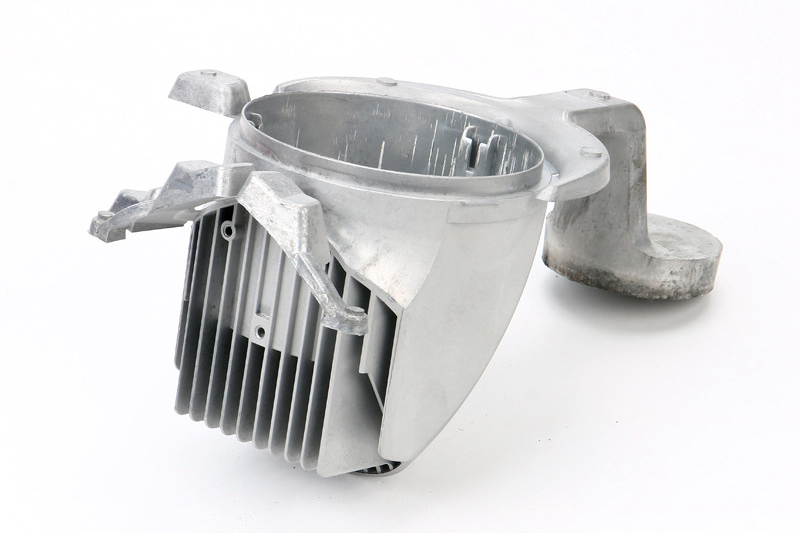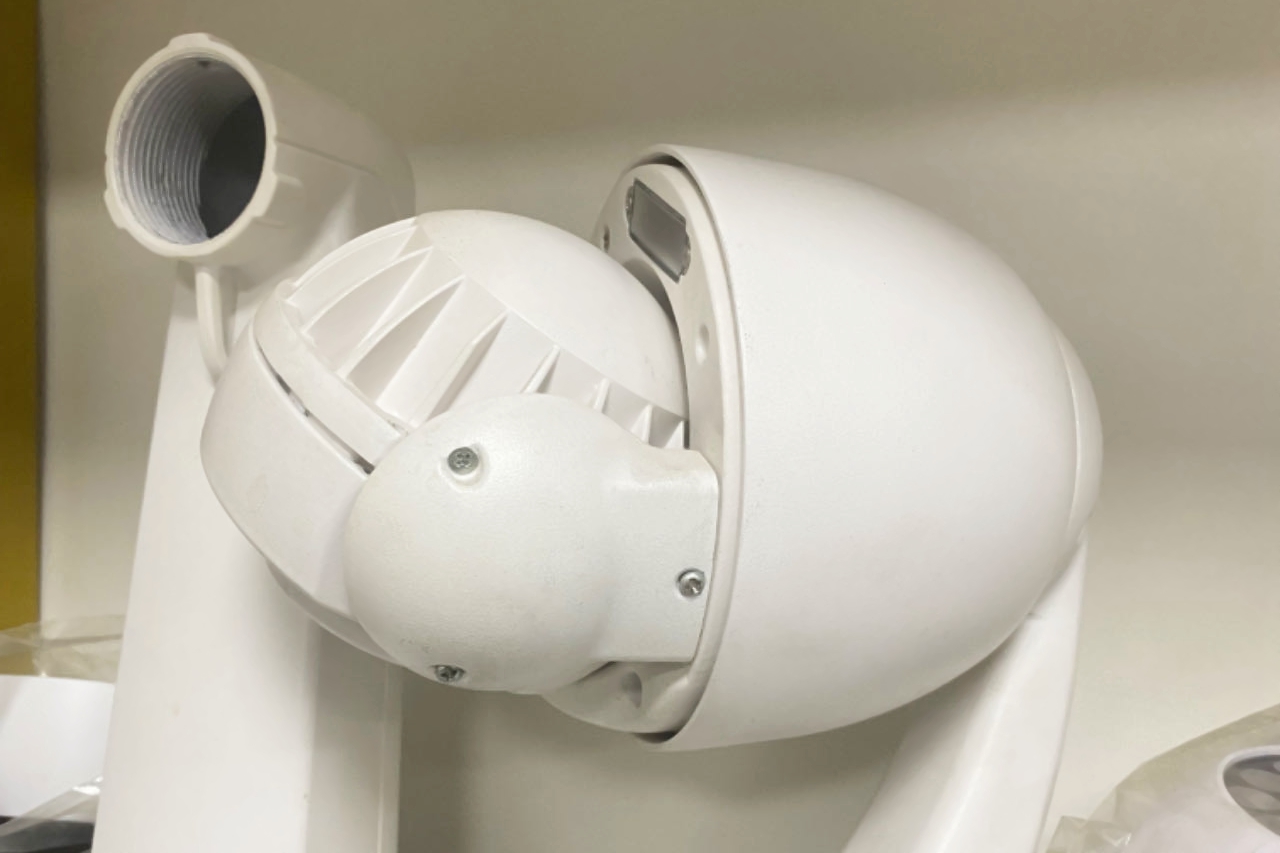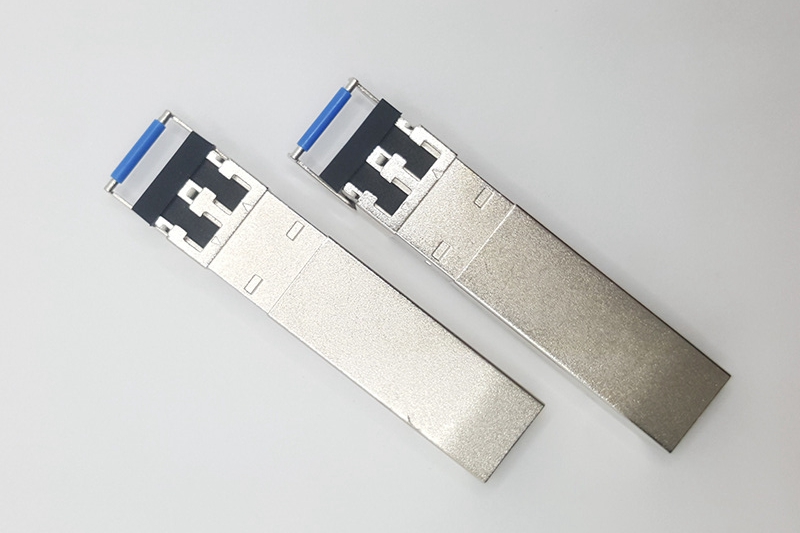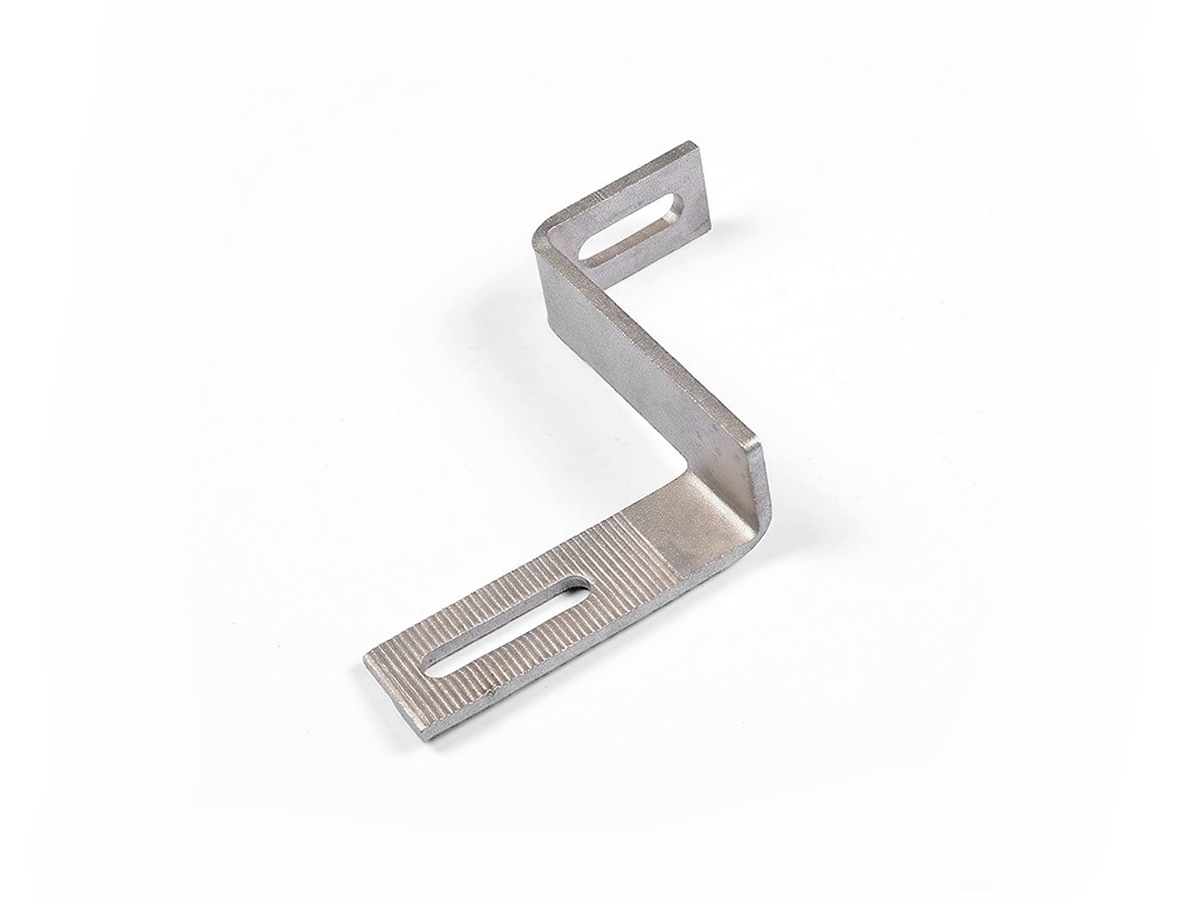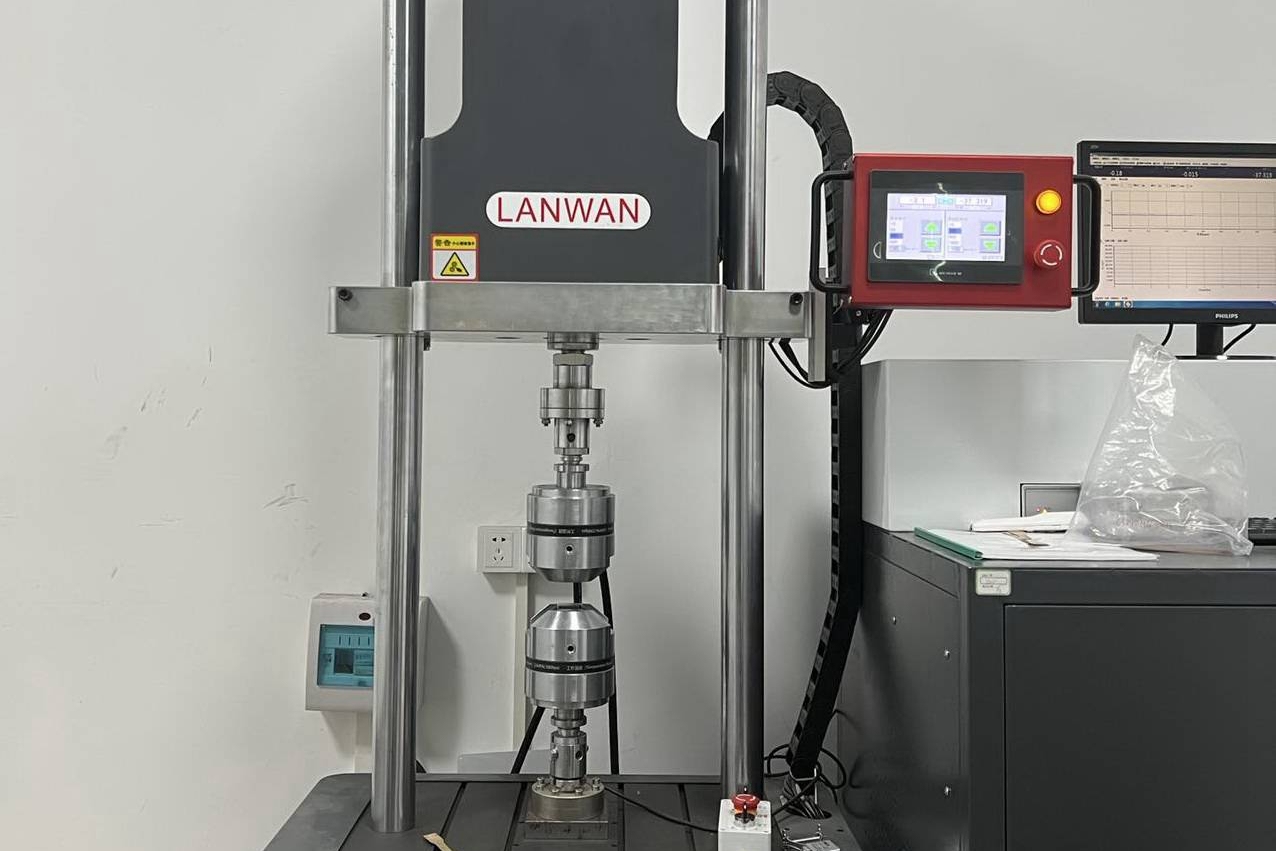Safety Rope Structures: Enhancing Aluminum Die Cast Products
In the intricate world of product design and manufacturing, aluminum die casting stands out for its ability to produce durable, high-quality housings for various applications. From the sleek enclosures of lighting lamps and CCTV cameras housing to the robust casings of industrial machinery, aluminum die casting delivers aesthetics, precision, functionality, and safety. The safety rope structure plays a pivotal role among the myriad safety features integrated into these products, albeit often behind the scenes.
Whether integrated directly into the product design or as external attachments, safety rope structures are critical fail-safes, preventing accidents and enhancing the product's overall reliability. These are especially crucial in applications where a fall or detachment could lead to severe injuries or damage. Yet, their importance extends beyond just lamps and CCTV camera housings, influencing the design and manufacturing of a wide array of aluminum die-cast products.
Understanding Safety Rope Structures
Definition and Purpose
A safety rope structure in the context of aluminum die-cast products, such as lamp housings or CCTV camera enclosures, is a designed feature that acts as a critical safety mechanism. It's a built-in fail-safe that prevents the product from becoming a hazard if it detaches from its mounting point. The purpose of incorporating a safety rope structure is to enhance the product's safety by minimizing the risk of accidents due to falls or detachments and to ensure the product's durability by providing an additional layer of security.
Design Essentials
When integrating a safety rope structure into a die-cast product, several key design considerations come into play:
Material Strength and Durability: The material used for the safety rope must possess high tensile strength and be capable of withstanding environmental stressors such as weather, temperature changes, and mechanical wear.
Integration with Housing: The safety rope structure must be seamlessly integrated into its design, ensuring it does not compromise the product's aesthetics or functionality. This integration often requires precise engineering and casting techniques to embed the rope attachment points within the housing.
Accessibility and Usability: Despite its role as a safety feature, the safety rope structure should not hinder the product's installation, maintenance, or use. Designers must consider how the rope can be easily accessed and utilized in emergency or maintenance situations.
Compliance with Safety Standards: The design must meet relevant safety and quality standards, ensuring the rope structure can support the product's weight and any additional dynamic loads it may encounter during use.
The design and incorporation of safety rope structures in aluminum die-cast products represent a proactive approach to product safety and reliability. By understanding these structures' critical role and design intricacies, manufacturers can create products that serve their intended purpose and prioritize the safety and well-being of users and the surrounding environment. Through careful planning and attention to detail, safety rope structures become integral to the product's success, embodying the commitment to quality and safety inherent in modern manufacturing practices.
Aluminum Die Casting & Safety Structures
Benefits of Aluminum
Cast Aluminum Alloy is a preferred material for crafting safety structures, including safety ropes, in die-cast products due to several key attributes. Its lightweight nature ensures that safety features do not significantly add to the product's overall weight, maintaining ease of installation and handling. Additionally, aluminum's inherent strength provides a robust framework for safety mechanisms, ensuring they remain effective under various conditions. The corrosion resistance of aluminum further enhances the longevity of safety structures, ensuring they remain durable in diverse environments, from industrial settings to outdoor exposures.
The Casting Process
The aluminum die casting process is pivotal in integrating safety rope structures into product housings. This process involves injecting molten aluminum into a steel mold at high pressure, allowing for the precise creation of complex shapes and designs. The die casting process must be meticulously planned for safety rope structures to include anchor points or channels within the housing where the safety rope will be attached or threaded.
Precision in Integration
Integrating safety structures requires precision engineering to ensure these features are seamlessly incorporated into the product without compromising its integrity or functionality. It includes designing molds that accurately reflect the intended placement and structure of safety ropes and selecting the appropriate aluminum alloy that offers the best combination of strength and malleability for both the housing and the embedded safety features.
Ensuring Effectiveness
The die casting process directly influences the effectiveness of a safety rope structure. Factors such as the aluminum's cooling rate, the mold's design, and the positioning of the inlets and vents all contribute to the final strength and positioning of the safety mechanisms. Quality control measures are essential throughout the casting process to ensure that each product meets the required safety and performance standards, with no compromises on the integrity of the safety rope structures.
Through the aluminum die casting process, manufacturers can create lamp housings, CCTV camera enclosures, and other products that meet aesthetic and functional requirements and prioritize user safety through integrated safety structures. This process underscores the importance of combining advanced manufacturing techniques with rigorous safety standards to produce reliable, high-quality products equipped to handle real-world demands.
Implementing Safety Rope Structures
Integrating safety rope structures into aluminum die-cast products, such as lamp housings and CCTV camera enclosures, is a testament to modern manufacturing's commitment to safety and durability. This section delves into the practical aspects of implementing these crucial safety features.
Integrated vs. External
The decision between incorporating integrated safety ropes or opting for external attachments is pivotal in the design process. Each approach offers distinct advantages and must be chosen based on the product's specific requirements and the anticipated safety needs.
Integrated Safety Ropes
Integrated safety ropes are designed as part of the housing, offering a sleek and seamless safety solution. This method often involves creating designated channels or anchor points within the die-cast mold to accommodate the rope. The integration ensures that the safety mechanism does not detract from the product's aesthetic appeal while providing robust fall protection.
External Safety Attachments
External attachments, on the other hand, are added to the housing after the die-casting process. This flexibility allows for adding safety ropes to existing designs without the need for significant alterations to the mold. External attachments can be handy for products that face variable safety requirements or for retrofitting safety features to older designs.
Lamps and CCTV Cameras Die Castings
In lamps and CCTV camera housings, safety rope structures prevent accidents and equipment loss, particularly in elevated or hard-to-reach installations. For lamps, the safety rope ensures that the fixture remains suspended even if the primary mount fails, avoiding potential damage and injury. Similarly, for CCTV cameras, safety ropes provide an extra layer of security, ensuring that valuable surveillance equipment is not compromised.
Beyond Cameras and Lamps: Other Applications
The utility of safety rope structures extends beyond lighting and surveillance equipment. Various other products benefit from this safety feature, enhancing their reliability and user safety.
Consumer Electronics: Portable devices with die-cast housings, like projectors or outdoor speakers, may incorporate safety ropes to prevent fall damage.
Industrial Equipment: Machinery and industrial fixtures often include safety ropes as a standard feature to protect against accidental drops during installation or maintenance.
Recreational Gear: Outdoor and recreational equipment, particularly those in elevated positions like climbing gear or zip-line trolleys, relies on integrated safety mechanisms for user protection.
Transportation Accessories: Accessories and components for automotive and marine applications, where dynamic forces can lead to equipment detachment, also benefit from the added security of safety ropes.
Implementing safety rope structures through integration or external attachment requires careful consideration of the product's use case, environment, and specific safety challenges. By prioritizing these features in the design and manufacturing process, companies can significantly enhance their aluminum die-cast products' safety, reliability, and overall value.
The Importance of Safety Rope Structures
Safety rope structures in aluminum die-cast products such as lamp housings and CCTV camera enclosures are more than just a design consideration—they are a crucial component of the product's overall safety and reliability. Their importance cannot be overstated, especially in applications where failure could result in damage, injury, or significant financial loss.
Enhancing Safety Measures
The primary function of safety rope structures is to mitigate the risk associated with potential failures or accidents. For instance, in elevated installations like outdoor lighting or surveillance cameras, the safety rope acts as a secondary line of defense, preventing the equipment from falling if the primary mounting system fails. It protects the equipment from damage and significantly reduces the risk of injury to individuals below. In essence, safety rope structures provide peace of mind, ensuring that proactive measures are in place to deal with unforeseen incidents.
Regulatory Considerations
Beyond the immediate benefits of enhanced safety, incorporating rope structures into product designs can help manufacturers comply with legal and industry-specific safety standards. Regulatory bodies and safety standards organizations often mandate such precautions in equipment designed for public, industrial, or hazardous environments. Adherence to these regulations ensures product compliance and demonstrates a company’s commitment to upholding high safety standards, potentially influencing consumer trust and product perception in the market.
Application-Specific Considerations
The design and implementation of safety rope structures must be tailored to the product's specific needs and intended environment. Factors such as the product's weight, the height from which it could potentially fall, and the nature of the environment (e.g., indoor vs. outdoor, residential vs. industrial) all influence the design parameters of the safety rope structure. This bespoke approach ensures the safety mechanism is as effective as possible in preventing accidents and mitigating risks.
A Culture of Safety
Ultimately, including safety rope structures in aluminum die-cast products reflects a broader safety culture within the manufacturing industry. By prioritizing safety in the design phase, manufacturers are taking a proactive stance on accident prevention, going beyond mere compliance to actively safeguarding their customers and the general public. This commitment to safety can enhance the brand's reputation, foster consumer loyalty, and contribute to developing safer products across the industry.
The importance of safety rope structures extends far beyond their functional benefits, embodying a comprehensive approach to product safety, regulatory compliance, and customer care. As such, these features are an integral part of modern manufacturing practices, underscoring the industry's dedication to delivering safe, reliable, and high-quality products.
Case Studies: Success Stories
Real-World Implementations
Several case studies explore the impact of safety rope structures, illustrating how this feature has enhanced product safety and performance across various industries. For instance, a leading outdoor lighting manufacturer incorporated integrated safety ropes into their high-altitude lamp housings, dramatically reducing the incidence of injuries and property damage from falls during maintenance. Similarly, a global security solutions provider added external safety ropes to their CCTV camera housings, ensuring the cameras remained secured despite extreme weather conditions or vandalism. These real-world examples demonstrate the tangible benefits of safety rope structures, showcasing their contribution to product reliability and customer satisfaction.
Conclusion
Including safety rope structures in aluminum die-cast products represents a critical intersection of design innovation and safety consciousness. These features safeguard against potential accidents and equipment damage and reflect a broader commitment to creating products that prioritize user safety above all. As we've explored through various applications, from lamp housings to CCTV camera enclosures and beyond, the importance of these structures extends across industries, underscoring the universal value of integrating safety into the very fabric of product design.
The proactive approach to incorporating safety rope structures, whether through integrated solutions or external attachments, exemplifies the manufacturing industry's dedication to advancing safety standards and protecting end-users. It is a testament to the ingenuity and responsibility that drive modern manufacturing, highlighting the role of thoughtful design in enhancing the quality and reliability of die-cast products.
Comments From Neway
We encourage manufacturers and designers to prioritize safety in their product development processes, recognizing the critical role of safety rope structures in mitigating risks and enhancing product integrity. For those seeking to integrate such safety measures into their aluminum die-cast products, we recommend consulting with safety and design experts to ensure that these features are implemented effectively and in compliance with relevant standards.
Let us embrace the challenge of designing products that meet our customers' functional and aesthetic needs and ensure their safety and well-being. Together, we can set new benchmarks for safety and innovation in the manufacturing industry, building a future where product reliability and user protection are paramount.
